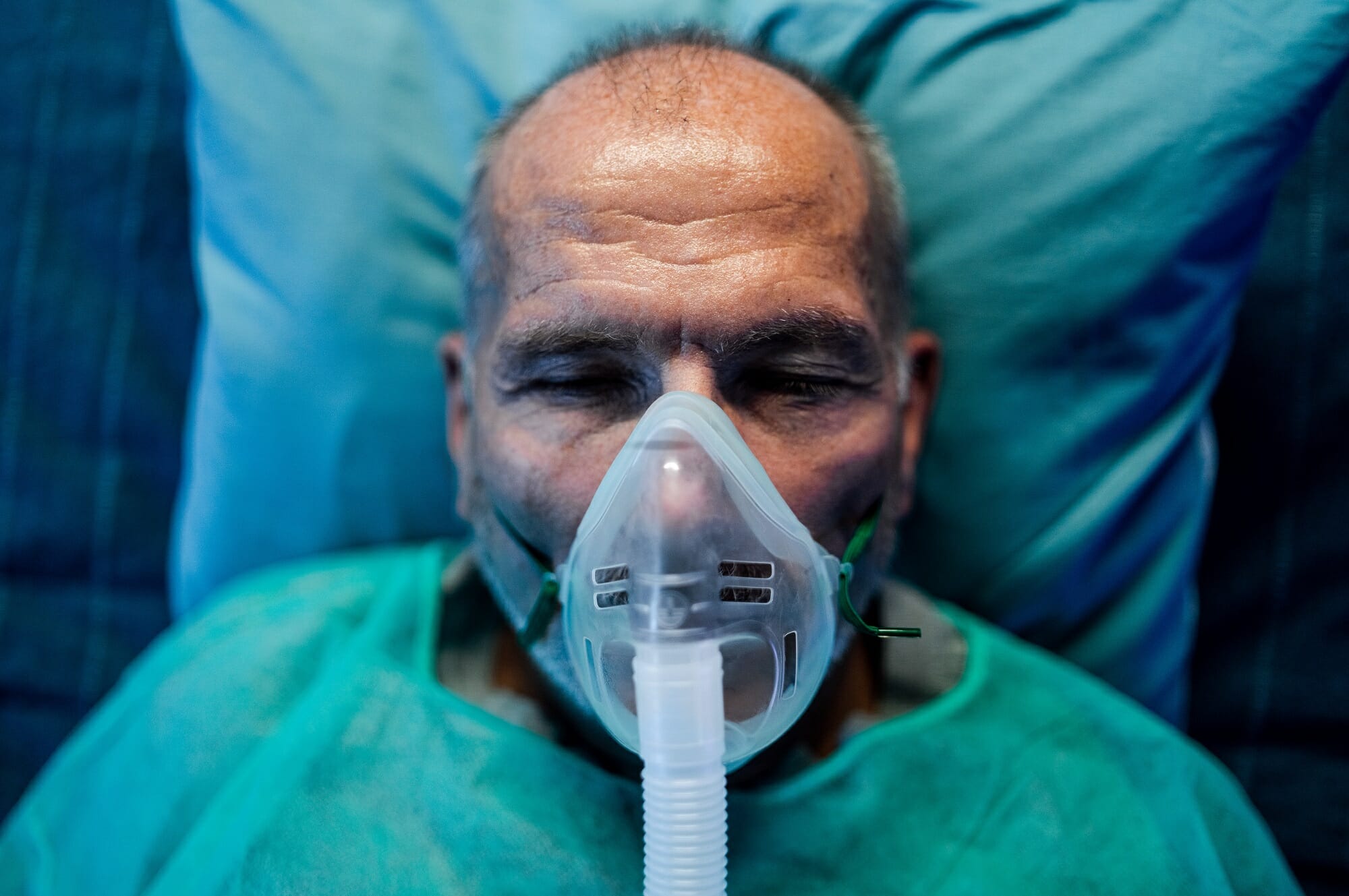While sleep-disordered breathing (SDB) and sleep-related hypoxia do not increase the risk of SARS-CoV-2 infection, sleep-related hypoxia may be a risk factor for worse outcomes associated with COVID-19 in patients infected with the coronavirus, according to study findings published in JAMA Network Open.
The effect of SBD and sleep-related hypoxemia on SARS-CoV-2 infection and COVID-19 outcomes is unknown. Limited data on whether SBD treatment with positive airway pressure should be continued over the concern of aerosolization has created a dilemma when it comes to informing clinical practice recommendations. The objective of the current study was to identify the association of SBD and sleep-related hypoxia with SARS-CoV-2 infection and COVID-19 outcomes.
The study included patients within the Cleveland Clinic Health System who were tested for COVID-19 between March 8 and November 30, 2020. Only patients who had an available sleep study record were included in the study cohort. Researchers assessed SARS-CoV-2 infection positivity rates and COVID-19 clinical outcomes, including hospitalization, use of supplemental oxygen, noninvasive ventilation, mechanical ventilation or extracorporeal membrane oxygenation, and death. These outcomes were assessed in relation to SDB and sleep-related hypoxemia.
Continue Reading
The researchers defined SDB by the frequency of apneas and hypopneas with the Apnea-Hypopnea Index (AHI), while sleep-related hypoxemia was defined by the percentage of total sleep time at <90% oxygen saturation (TST <90).
A total of 5402 patients (mean age, 56.4 years; 55.6% women) were tested for SARS-CoV-2 during the study period and had a prior sleep study record. The racial/ethnic distribution of the cohort included 31.4% Black (n=1696), 60.3% White (n=3259), and 15.2% other race/ethnicity (n=822). Approximately 35.8% (n=1935) of all patients tested positive for SARS-CoV-2.
Patients positive for SARS-CoV-2 had significantly higher AHI score than those who tested negative (median, 16.2 events/hour vs 13.6 events/hour, respectively; P <.001) and had increased TST <90 (median, 1.8% sleep time vs 1.4% sleep time; P =.02). No measures for SDB were significantly associated with SARS-CoV-2 positivity after overlap propensity score–weighted logistic regression.
The median TST <90 was significantly associated with the World Health Organization-designated COVID-19 ordinal clinical outcome scale (adjusted odds ratio, 1.39; 95% CI, 1.10-1.74; P =.005). Additionally, the researchers found in time-to-event analyses an association between sleep-related hypoxia and a 31% increased rate of hospitalization and mortality (adjusted hazard ratio, 1.31; 95% CI, 1.08-1.57; P =.005).
A limitation of the study included its retrospective design, which the researchers suggest may have made the research vulnerable to selection and referral biases as well as unmeasured confounding.
The researchers concluded that “if sleep-related hypoxia indeed translates to worse COVID-19 outcomes” in future interventional studies, then “risk stratification strategies should be implemented to prioritize early allocation of COVID-19 therapy to this subgroup of patients.”
Disclosure: Multiple authors declared affiliations with the pharmaceutical industry. Please refer to the original article for a full list of disclosures.
Reference
Pena Orbea C, Wang L, Shah V, et al. Association of sleep-related hypoxia with risk of COVID-19 hospitalizations and mortality in a large integrated health system. JAMA Netw Open. Published online November 10, 2021. doi:10.1001/jamanetworkopen.2021.34241
This article originally appeared on Neurology Advisor
this content first appear on medical bag

